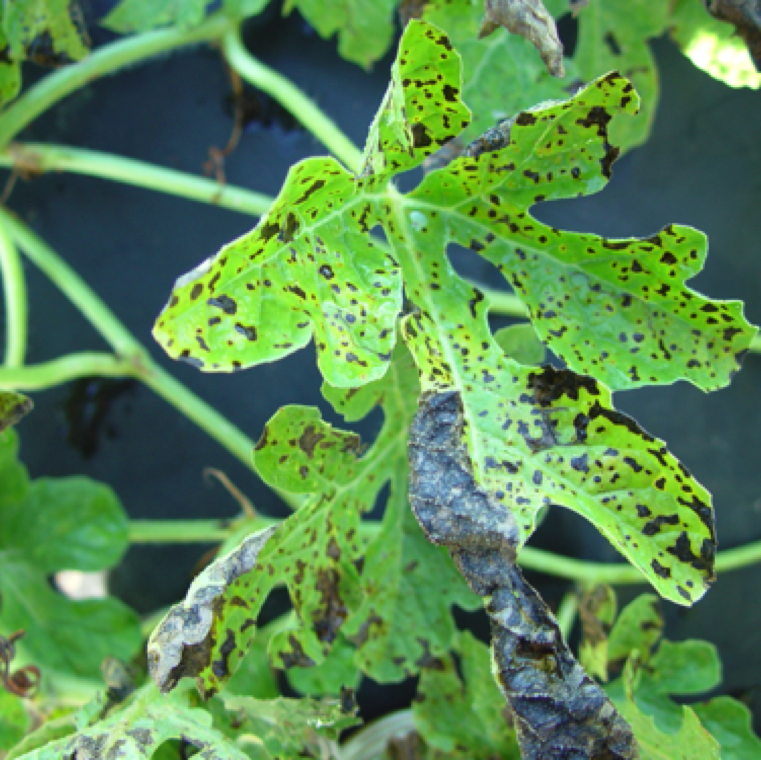By Clint Thompson
Recent rainfall events in North Florida have watermelon producers on high alert from disease pressure building up. Bob Hochmuth, University of Florida Institute of Food and Agricultural Sciences (UF/IFAS) Regional Specialized Extension agent in Live Oak, Florida, cautions growers against downy mildew disease as harvests continue across the region.

“I expect that the weather pattern here is going to have a negative impact in the sense that I think the diseases are starting to get more severe. A lot of the season we’ve been in a drought period, so the rain, in most cases, is welcomed. When it drags on for a few days like this, it also ends up bringing not only the benefit of the moisture that we need but also the additional risk of disease,” Hochmuth said. “(Downy mildew) is definitely on the move. We’ve been talking about it for the past two or three weeks. Most growers have gotten started on that preventative program. Those who have missed that boat could easily pay a significant price for not getting ahead of the disease.”
Growers should consider adding one of these fungicides to their program soon. For fields where downy mildew has been confirmed, producers should start with Orondis Ultra or Zampro this week and Ranman next week. Where downy mildew has yet to be detected, growers should start with Ranman this week and follow with Orondis Ultra, or Zampro.
If producers act now against the disease, affectionally known as “wildfire,” they can potentially preserve those later harvests in the fields that are so valuable.
“We’ve got some farms that are in their fourth harvest, and then there’s a few that are just getting started in the first harvest. We’ve got a wide range of ages of harvesting. Once we start getting diseases like that moving around, if we get a significant amount of it, it makes it that much more difficult,” Hochmuth said. “The harvesters are walking through that area and could easily transmit certain pathogens as they move through the field. It becomes more difficult as these diseases build up.
“I think this continues on up into Georgia as well. Having this significant of an infestation this time of the season is not a good sign for Georgia, either.”









